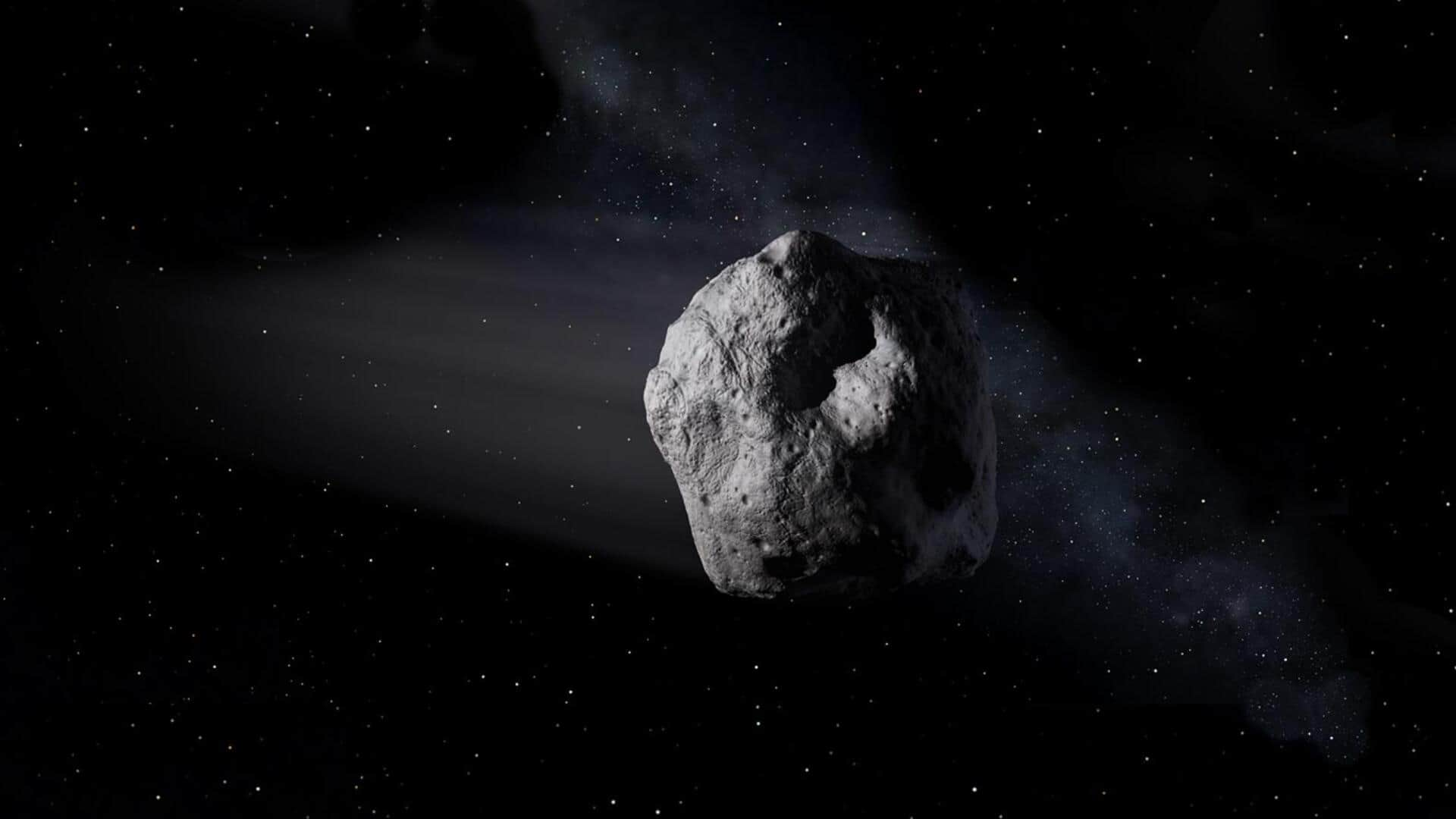
Five asteroids to fly past Earth today, NASA reveals details
What's the story
As many as five asteroids will make a close approach to our planet today, per NASA.
These space rocks range from 44 feet to as large as 82 feet. Fortunately, none of them are expected to strike Earth and will cross us without causing harm.
Interestingly, four of the asteroids will come closer than the Moon's average distance to the Earth, which is 3.85 million kilometers.
Detail
Airplane-sized asteroid to come as close as 3 million kilometers
Of the five, the largest asteroid headed our way, called 2023 TP7, measures 82 feet, almost the size of an airplane.
The space rock is expected to come as close as three million kilometers and will be traveling at 11.6km/s.
It belongs to the Apollo group of asteroids, which indicates that these space rocks cross the orbit of Earth.
This asteroid group gets its name from the 1862 Apollo asteroid, discovered by German astronomer Karl Reinmuth in the 1930s.
Details
The smallest asteroid is about 44 feet wide
The smallest asteroid that will pass us today, termed 2023 TH4, measures 44 feet.
It will come closest of the five, at 2.1 million kilometers.
NASA's close approach data lists that the same asteroid whizzed past our planet in March 2015 and is estimated to cross us again in May 2024.
Like 2023 TH4, asteroid TM14 has crossed us before. It passed us last October and, per NASA, it'll make a close approach to Earth every October henceforth till 2032.
Explanation
Four of the asteroids fall under Apollo group
Along with airplane-sized 2023 TP7, asteroids 2023 TH4, 2022 UO10, and 2023 TM14 fall under the Earth-crossing group of Apollo asteroids.
Asteroids 2022 UO10 and 2023 TM14 measure 49 feet and 54 feet, respectively.
Lastly, the 58-foot 2023 TY19 belongs to the Amor asteroid group, which crosses the orbit of Mars, but not that of Earth.
Insights
All 5 asteroids headed our way are classified as NEOs
Considering the close approach distances of these asteroids, all of them classify as NEOs (Near Earth Objects).
NASA defines a NEO as a comet or asteroid whose orbit brings it within a zone of about 195 million kilometers from the Sun, meaning that it can pass within about 50 million kilometers of Earth's orbit.
NASA's Jet Propulsion Laboratory's Center for NEO Studies regularly tracks such celestial objects and updates its database daily.